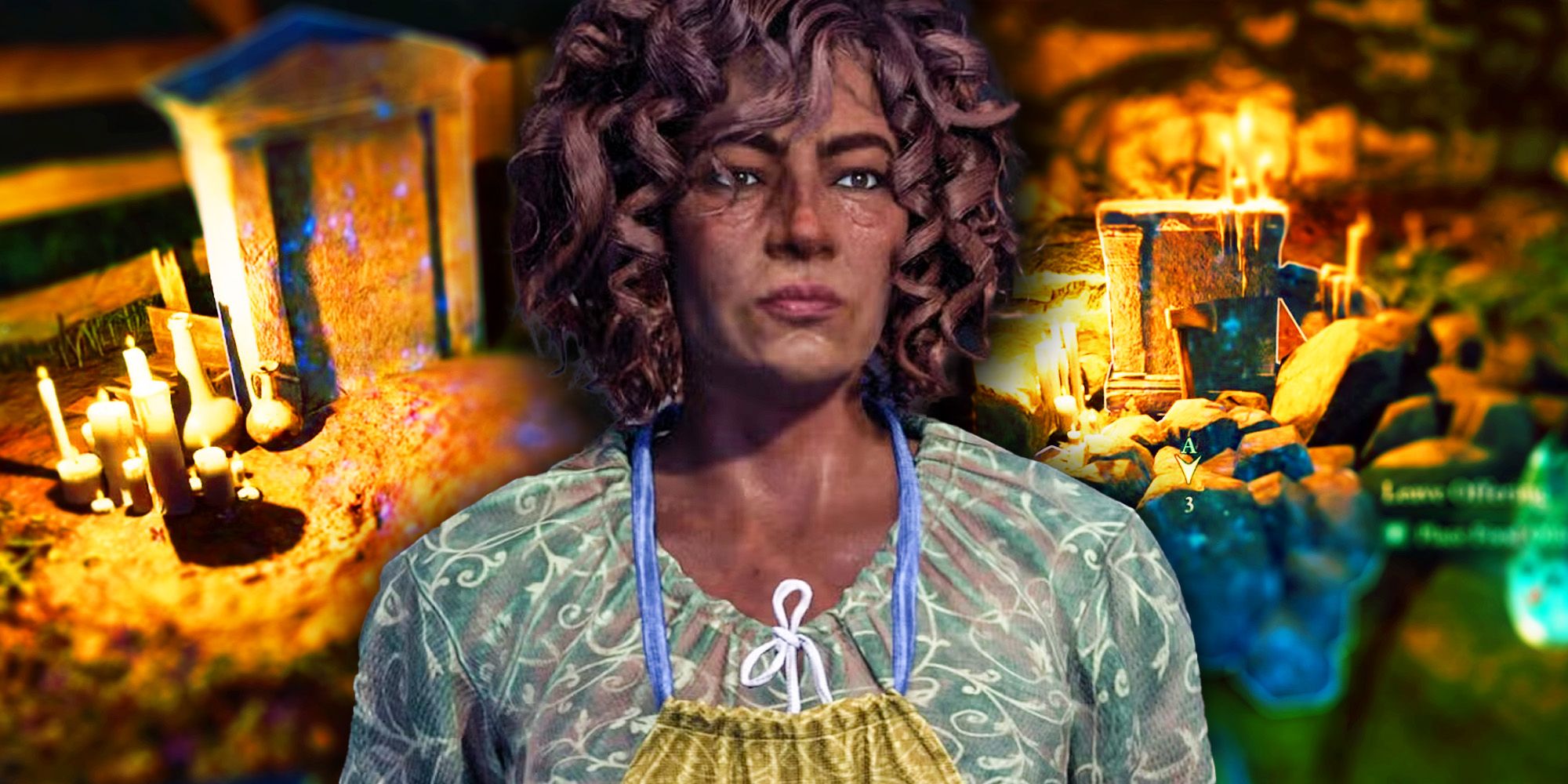PROTECT YOUR DNA WITH QUANTUM TECHNOLOGY
Orgo-Life the new way to the future Advertising by Adpathway Image source: Depositphotos.com
Image source: Depositphotos.comThe Fiddle Leaf Fig, scientifically known as Ficus lyrata, has become a modern indoor design icon thanks to its dramatic, violin-shaped leaves and bold vertical presence. Its striking foliage and architectural form make it a favorite for adding a sophisticated, sculptural touch to interiors. This detailed guide covers everything you need to know about caring for the Fiddle Leaf Fig, ensuring it thrives and brings beauty to your space.
Plant Profile: Fiddle Leaf Fig (Ficus lyrata)
Scientific Name: Ficus lyrata
Common Names: Fiddle Leaf Fig, Banjo Fig
Origin: Native to the lowland tropical rainforests of western and central Africa
Description: The Fiddle Leaf Fig is a tall, upright-growing evergreen tree with large, glossy green leaves shaped like a fiddle or violin—broad at the top and tapering at the base. Indoors, it typically grows between 1.2 to 3 metres (4 to 10 feet) tall but can be pruned to maintain a manageable size. Each leaf can reach up to 45 cm (18 inches) long, and the plant grows best when allowed to stretch upward in bright, airy spaces.
Benefits: Beyond its visual impact, the Fiddle Leaf Fig is also known to help improve indoor air quality by filtering airborne pollutants. It adds bold, structured greenery to rooms and pairs well with modern and minimalist décor. While a bit finicky about its environment, with the right conditions and care, it can become a long-lasting and rewarding indoor plant.
Basic Care Guidelines
Watering Needs: Fiddle Leaf Figs prefer consistently moist, but not soggy, soil. Water thoroughly once the top 2–5 cm (1–2 inches) of soil are dry, allowing excess water to drain away completely. Avoid letting the plant sit in standing water. In winter, reduce watering frequency as growth slows. Sudden changes in moisture can cause leaf drop, so strive for consistency in your watering routine.
Soil and Potting: Use a well-draining, peat-based potting mix enriched with perlite or pine bark for improved aeration. Ensure your pot has good drainage holes to prevent root rot. Repot every 1–2 years in spring or early summer, or when the plant becomes root-bound. Choose a pot just one size larger to avoid overpotting, which can retain too much moisture.
Light Requirements and Lux Levels: Fiddle Leaf Figs thrive in bright, indirect light and prefer a consistent source of natural light.
- Low Light: 50 to 250 lux. The plant may survive but will likely show slowed growth and leaf loss.
- Medium Light: 250 to 1000 lux. Growth may be moderate but leaves may not fully develop.
- High Light: Above 1000 lux. This is the ideal range—bright, filtered light promotes strong, even growth. Avoid direct afternoon sunlight, which can scorch leaves.
Using a lux meter to measure light intensity can help ensure your plant is receiving enough light to maintain healthy leaf development and upright growth.
Temperature and Humidity: Fiddle Leaf Figs prefer warm conditions between 18°C and 27°C (65°F to 80°F). They are sensitive to drafts, sudden temperature fluctuations, and cold air, so keep them away from vents, doors, and windows during colder months. Humidity should be kept above 40%. If indoor air is dry, especially in winter, consider misting the leaves, using a humidifier, or placing the pot on a pebble tray with water.
Fertilization and Pruning: Feed with a balanced, water-soluble fertilizer diluted to half strength every 4 weeks during spring and summer. Pause fertilizing in autumn and winter when growth slows. Prune in late winter or early spring to control height and shape. Always cut just above a leaf node to encourage branching. Remove any dead, damaged, or lower leaves to promote airflow and improve appearance.
Pest Management and Troubleshooting
Fiddle Leaf Figs are prone to common indoor plant pests such as spider mites, mealybugs, scale, and thrips. Inspect regularly and wipe leaves with a damp cloth to remove dust and check for signs of pests. Treat infestations with insecticidal soap or neem oil. Browning leaf edges may indicate low humidity or inconsistent watering, while yellowing leaves can signal overwatering. Dropping leaves often result from environmental stress—especially moving the plant, low light, or cold drafts. Maintain stable conditions for best results.
Propagating Fiddle Leaf Figs
 Close-up of the glossy leaves of a Fiddle Leaf Fig, showing its dramatic foliage and vibrant green color (Image source: Depositphotos.com)
Close-up of the glossy leaves of a Fiddle Leaf Fig, showing its dramatic foliage and vibrant green color (Image source: Depositphotos.com)Fiddle Leaf Figs can be propagated from stem cuttings using either water or soil as the rooting medium. Here’s how:
Step 1: Prepare Your Tools and Materials
- Clean, sharp knife or pruning shears
- A glass jar (for water propagation) or a small pot with drainage holes (for soil propagation)
- Fresh, well-draining potting mix (for soil propagation)
- Rooting hormone (optional)
- Clear plastic bag or humidity dome (optional, for soil propagation)
Step 2: Take a Cutting – Select a healthy stem that is 10–15 cm (4–6 inches) long and includes at least one node (a slightly raised area on the stem where a leaf is or was attached—this is where roots will form) and several healthy leaves. Using sterilised shears, make a clean cut just below a node.
Step 3: Prepare the Cutting – Remove the lower leaves on the cutting to expose the node(s), leaving one or two leaves at the top to support photosynthesis. If using rooting hormone, dip the cut end into the powder to encourage faster root growth.
Step 4: Plant the Cutting
- Water Method: Place the cutting in a clean jar filled with filtered or distilled water, ensuring that at least one node is submerged. Keep the jar in a warm spot with bright, indirect light and change the water every few days to prevent stagnation.
- Soil Method: Fill a small pot with moist, well-draining potting mix and insert the cutting, burying at least one node. Gently firm the soil to hold the cutting upright. Optionally, cover the pot with a plastic bag or humidity dome to maintain high humidity.
Step 5: Water and Care for the Cutting – Roots typically form within 4–6 weeks. In water, wait until roots are at least 2.5–5 cm (1–2 inches) long before transplanting into soil. For soil-propagated cuttings, gently tug after a few weeks to feel for resistance, indicating root formation. Once rooted, treat the cutting as a young fiddle leaf fig and care for it in bright, indirect light with regular watering.
Decorating with Fiddle Leaf Fig
The Fiddle Leaf Fig’s dramatic leaves and tall, upright form make it an exceptional statement plant. It is most often displayed as a floor plant in bright corners, living rooms, or near large windows where it can receive ample light. Its bold silhouette complements modern, Scandinavian, and mid-century décor. For visual balance, pair it with pots in neutral tones or natural materials like wood and stone.
Smaller, younger plants can also be placed on plant stands, shelves, or console tables. Grouping it with other tropical plants or contrasting textures like ferns or trailing vines can create a dynamic indoor plant arrangement.
In summary, the Fiddle Leaf Fig (Ficus lyrata) is a bold and elegant houseplant that, with the right care, can transform an interior with its towering height and oversized foliage. While it demands a bit more consistency in light, humidity, and watering than some easier houseplants, the payoff is substantial. By following the care guidelines outlined in this article, your Fiddle Leaf Fig can thrive, adding sculptural beauty and lush greenery to your living space for years to come.


















 English (US) ·
English (US) ·  French (CA) ·
French (CA) ·